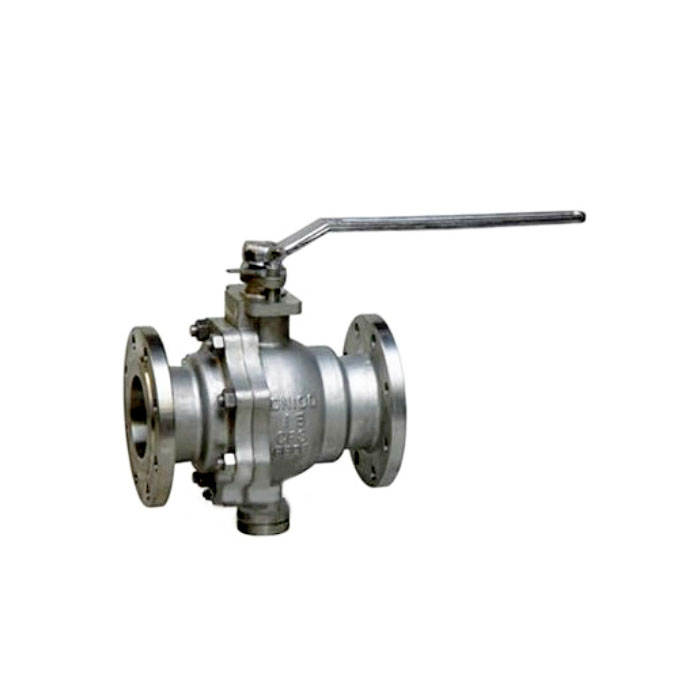Brief description of material selection for chemical valves

For a long time, corrosion can cause terribly fatal hazards for chemical equipment. According to statistics, about 60% of the damage to chemical equipment is caused by corrosion. Therefore, in the selection of chemical valve, we must first pay attention to the scientificity of material selection. Here are some key points for selecting materials for some commonly used chemical media:
1. Sulfuric acid
As one of the strong corrosive media, sulfuric acid is an important industrial raw material with a wide range of uses. The sulfuric acid of different concentrations and temperatures has a great difference in the corrosion of materials. For concentrated sulfuric acid with a concentration of more than 80% and a temperature of less than 80 ° C, carbon steel and cast iron have good corrosion resistance, but it is not suitable for high-speed flowing sulfuric acid. Not suitable for pump valve materials; ordinary stainless steels such as 304 (0Cr18Ni9), 316 (0Cr18Ni12Mo2Ti) also have limited use for sulfuric acid media. Therefore, the pump valve for sulfuric acid is usually made of high silicon cast iron (difficult to cast and process) and high alloy stainless steel (No. 20 alloy). Fluoroplastics have better resistance to sulfuric acid, and using fluorine-lined valves is a more economical option.
2.Acetic acid
It is one of the most corrosive substances in organic acids. Ordinary steel will be severely corroded in acetic acid at all concentrations and temperatures. Stainless steel is an excellent acetic acid resistant material. Molybdenum-containing 316 stainless steel is also suitable for high temperature and diluted acetic acid steam . For severe requirements such as high temperature and high concentration of acetic acid or containing other corrosive media, high alloy stainless steel valves or fluoroplastic valves can be selected.
3.hydrochloric acid
Most metal materials are not resistant to hydrochloric acid corrosion (including various stainless steel materials), and molybdenum-containing high-silicon iron can only be used for 50 ° C and 30% hydrochloric acid. In contrast to metallic materials, most non-metallic materials have good corrosion resistance to hydrochloric acid, so rubber-lined valves and plastic valves (such as polypropylene, fluoroplastics, etc.) are the best choice for transporting hydrochloric acid.
4.Nitric acid
Generally, most metals are quickly corroded and damaged in nitric acid. Stainless steel is the most widely used nitric acid resistant material. It has good corrosion resistance to all concentrations of nitric acid at room temperature. It is worth mentioning that stainless steel containing molybdenum (such as 316, 316L) ) The corrosion resistance to nitric acid is not only not better than ordinary stainless steel (such as 304, 321), and sometimes even worse. For high-temperature nitric acid, titanium and titanium alloy materials are usually used.